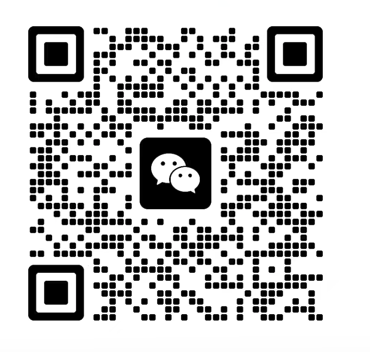The CUTR Certificate of Conformity, also known as the EAC Certificate, is a crucial certification in the Eurasian Economic Union (EAEU). Here is a detailed introduction:
Definition and Background
Origin: In 2010, Russia, Belarus, and Kazakhstan signed an agreement to implement common - recognized unified technical regulations, marking the formation of the Customs Union. In 2015, the Customs Union was officially upgraded to the Eurasian Economic Union (EAEU), and the CUTR certification gradually transitioned to the EAC certification. However, the term "CUTR certification" is still commonly used .
Purpose: The purpose of this certification is to ensure that products entering the EAEU market meet the unified safety, quality, and environmental protection standards of the alliance. It helps to eliminate technical barriers to trade among member states and promotes trade facilitation .

Certification Scope
The certification applies to a wide range of products, including but not limited to:
Electrical and Electronic Products: Such as electrical equipment, electronic devices, etc.
Machinery and Equipment: Various types of industrial and agricultural machinery, construction machinery, etc.
Food and Related Products: Natural and processed foods, including genetically modified foods, as well as food additives and flavorings.
Medical Devices: A wide variety of medical equipment and instruments.
Cosmetics and Personal Care Products: To ensure their safety and quality for consumers.
Other Products: Toys, furniture, lubricants, health products, and more .
Certification Types
There are two main types of certifications under this system:
EAC Certificate of Conformity (EAC COC): Issued by a certification body registered with the EAEU. It is generally required for products with higher safety requirements. For example, high - risk products like pressure vessels, elevators, and explosion - proof equipment usually need this type of certificate. There are different certification modes, such as 1C, 2C, 3C, 4C, 9C. The specific requirements for each mode, including whether samples need to be tested and whether a factory audit is necessary, depend on the product risk level and the certification scheme.
EAC Declaration of Conformity (EAC DOC): This is a self - declaration by the applicant based on the participation of the EAEU certification body. It is usually for products with lower safety requirements. Currently, more than 90% of the products in the mandatory list require the EAC DOC. It can only be issued to companies registered in the Russian Federation, and the applicant needs to provide the trade contract and business license of the holder. In some cases, it may be possible to obtain the certificate without sample testing and factory audits, but this also depends on the specific product and regulatory requirements .
Certification Process
1.Application and Preparation: The applicant needs to clarify the certification requirements, determine the product category, and identify the relevant EAEU technical regulations. Then, they select a certification body recognized by the EAEU with the appropriate certification qualifications for the product category and submit a detailed certification application form, along with comprehensive technical documents such as product manuals, technical drawings, parts lists, and circuit diagrams. If there are existing test reports, they should be submitted; otherwise, testing will be required in the subsequent steps .
__kindeditor_temp_url__海关联盟EAC认证中心/上海经合工业设备检测有限公司
Центр сертификации EAC Таможенного союза 沪ICP备10027014号-14
地址:上海浦东新区高科东路777号1号楼2017室 021-36411223 021-36411293 skype: gostchina
E-mail: eac@cu-tr.org 微信和手机:18621862553 海关编码查询 沪ICP备10027014号-3
网站内容和图片版权所有,未经允许,不得转载复制拷贝和使用 海关编码




